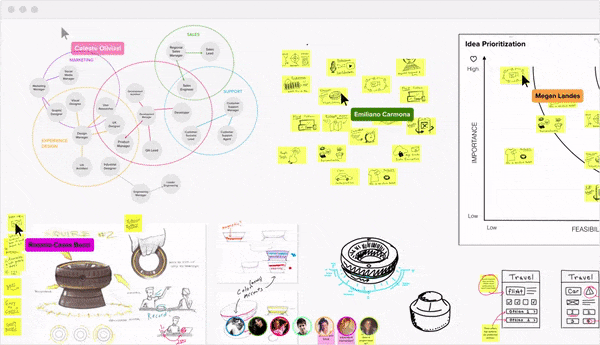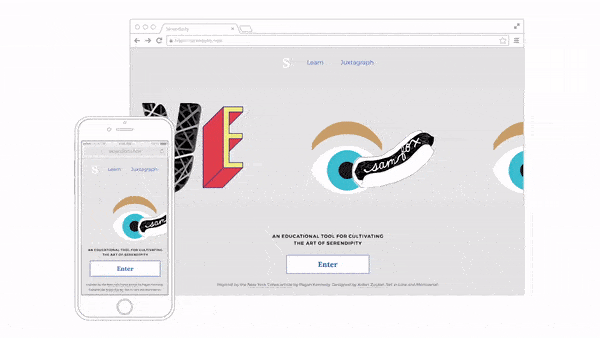
Why
Chronic patients at BJC Healthcare struggled to make their appointments, which had negative effects on their health outcomes. Preliminary research pointed to transportation issues, so BJC Center for Innovation invited two other designers and me to research and rethink the experience.

Research
We started with in-person interviews with social workers and patients at BJC hospitals. We synthesized our interview notes and created patient profiles.

We separated the experience of chronic patient into seven steps and wrote down the actions, emotions, questions and high/low points for each step.

Through the experience map, we realized that a the negative parts of the patient experience were disproportionately at the end. Therefore, we reframed our focus to the end of the patient experience, with the hypothesis that people will be more confident getting to their appointment if they know they have a secure ride home.
We identified three main pain points from the last part of the patient experience and focused our project around alleviating these concerns.

We ideated potential solutions to the pain points and mapped five of them on axises of cost and ease of adoption.

Solution
The most feasible solution was Travel Pals, a program that connects social work students and chronic patients through rides home from the hospital.
Outcome
We pitched the idea to executives and stakeholders at BJC Healthcare. They decided the concept was promising and allocated funds to build a working prototype. I designed the graphic they put on the car that took real patients home. BJC is assessing the feasibility of scaling the program.

This project was a collaboration with Alexis Turim and Patrick Buggy. Car outline designed by Mourad Mokrane via the Noun Project. Video illustrations inspired by Adrian Johnson. Thanks to our mentors and partners Erica Kochi, Doug Powell, Maggie Breslin, Gaby Brinks, Karolina Michniewicz and the BJC Center for Innovation team.
 Work
Work


